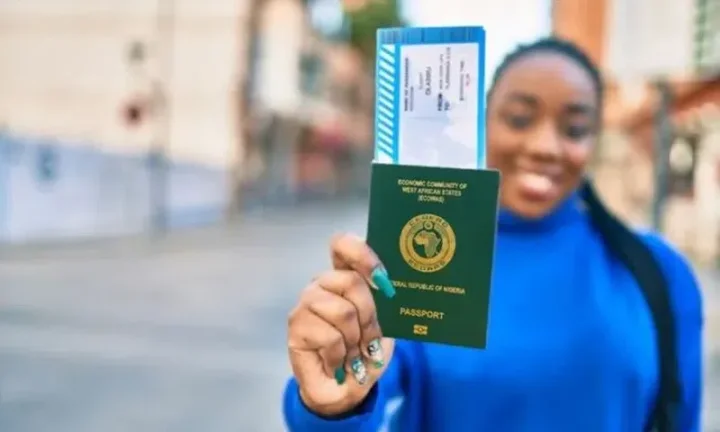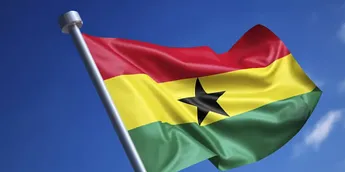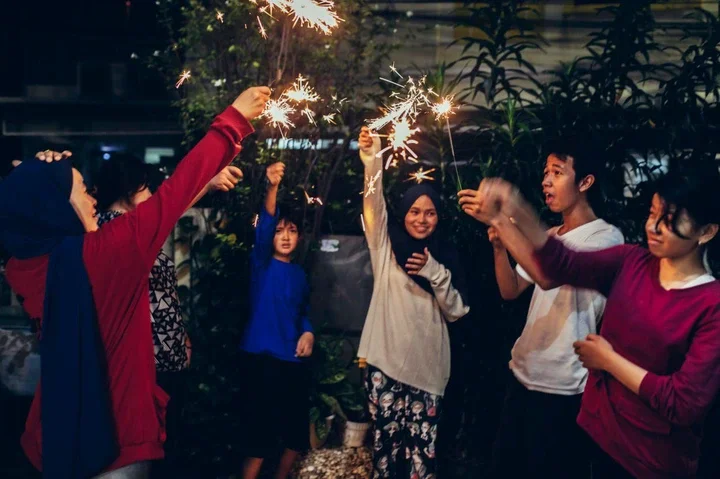![Interesting African myths you probably didn't know about. [Freepik] Interesting African myths you probably didn't know about. [Freepik]](https://static.netnaija.com/i/VrNpXP1WN9O.webp)
African mythology is rife with several folktales, mystical beings, legendary creatures, and deities.
Some have found their way into modern storytelling, while others remain revered tales recounted only during festive gatherings or traditional events.
And then there are a few that only surface when there is a piece as this being written.
It will interest you to know that these myths have always existed even if you are just finding out about them now.
Here are five African myths you probably didn't know about.
1. The creation of humans by Bumba (Democratic Republic of Congo, Bantu People)
According to the mythology of the Boshongo people, Bumba is the god that created the world and humans.
It is said that he did this by vomiting up the elements of the universe including the sun, moon, stars, animals, and humankind.
He is regarded as a unique creator deity in African mythology because he had to fall sick (a stomach ache) to let out everything he was holding within himself.
Here is the order of elements he vomited:
The sun
The moon
The stars
The skies
Creatures like the leopard (named Koy Bumba), the crocodile, the goat, and the fish.
And thereafter, he vomited the first man, Loko Yima, who looked just like him and was endowed with great wisdom.
2. The monster of the Zambezi river (Zambia/Zimbabwe, Tonga People)
This monster is not worshipped as a god but dreaded. It is believed to be an ancient creature that inhabited the darkest regions of the Zambezi River.
It is said to be invisible to the eye with no true form but can be sensed by the sudden chill in the air, the rippling of water without cause, or the overwhelming urge to flee while standing near the riverbanks.
Sometimes referred to as Ichitapa or "the Deep One", it is feared because of the belief that it feeds on the souls of those who drown.
The fishermen and swimmers who disappear are said to have provoked the monster's anger by:
Whistling (which is forbidden near the river);
Throwing stones;
Defiling the water or;
Disrespecting ancestral rituals.
To avoid being taken, Tonga elders often perform river rites such as:
Pouring a libation of millet beer or water before casting nets;
Leaving bits of meat or tobacco at the riverbank;
Keeping silence while crossing.
Even in modern times, some Tonga fishermen refuse to go out alone, or they carry charms called mupo, small bundles of herbs and animal parts prepared by a ng'anga (spiritual healer), said to repel the monster's presence.
3. The drum that called the animals (Ghana, Ashanti People)
This myth tells the tale of a young boy who did not heed to caution and had to face the consequences thereof.
The boy is said to have lived long ago in a pre-historic Ashanti village with his grandfather, the village's master drummer and spiritual custodian.
His grandfather owned a drum considered sacred and passed down for generations.
It was not an ordinary drum as it had a mysterious ability to call forth the animals of the forest including the lion, antelope, eagle, elephant, and the leopard.
However, the drum was not to be played except for sacred ceremonies.
The boy's grandfather made sure to warn him of this but he did not listen.
Blinded by his curiousity, he went to the hut where the drum was kept and struck it with the same rhythm he had watched his grandfather use over and over again to summon the animals.
The forest answered and the animals appeared visibly angry because they had been summoned without a good reason (which in most cases was a celebration in the village).
Then the boy approached the centre of the village where the chiefs, women, and fathers had gathered to own up to his mistake and beg for forgiveness.
The animals returned back to the forest but he had learnt a valuable lesson from the experience.
4. Oshun's withdrawal (Nigeria, Yoruba People)
Oshun is one of the most popular and highly represented Yoruba deities in modern times; however, she has a myth that is not well-known.
According to this myth, Oshun was dismissed by the other male orishas sent down from the heavens by Olodumare, the Supreme Creator, to create the world.
They thought they didn't need her because she was the only woman among them and apeared soft and feminine.
So they started the work of creation without her input and eventually began to encounter roadblocks left, right, and centre.
Crops refused to grow, rivers would not flow, animals and humans could not flourish - the earth remained barren and lifeless.
All of these happened because Oshun chose to withdraw her prescence after feeling insulted and rejected by the male orishas.
And she took with her the forces of water, fertility, love, and balance. Without Oshun's touch, the world could not be born. There was no sweetness, nourishment, nor even harmony.
The male orishas became humiliated and had no choice but to return to Olodumare who told them that they experienced the obstacles because they ignored the feminine who is 'womb of the world' and without whom nothing can grow.
After coming to terms with their error, the male orishas then returned to Oshun with gifts, apologies, and reverence.
They begged her to forgive them and take her rightful place among them.
Although Oshun agreed, she returned with a condition: she would be equally honored and consulted, never dismissed again.
When she rejoined the creation effort, the rivers flowed, the soil became fertile, life burst forth - plants, animals, and human beings.
Creation was complete - and beautiful.
5. The myth of The Two Suns (Southern Africa, San People)
This myth tells of a time when two suns rose in the sky, journeying together across the heavens each day.
The Earth burned unbearably under their dual blazing heat. It negatively affected water, crops, people and animals.
It became nearly impossible to continue surviving on land.
People then sought help from shamans, spirits, and even tricksters in a bid to put an end to the torturous dual sunlight.
They eventually deployed magic to shoot down one of the suns, or in other versions, cut one sun into pieces, which then became the moon and the stars.
The remaining sun then continued its journey alone, bringing warmth and light in manageable balance.
The symbolism of this myth is that moderation is key, even for beneficial elements that help the world to flourish.

















Comments